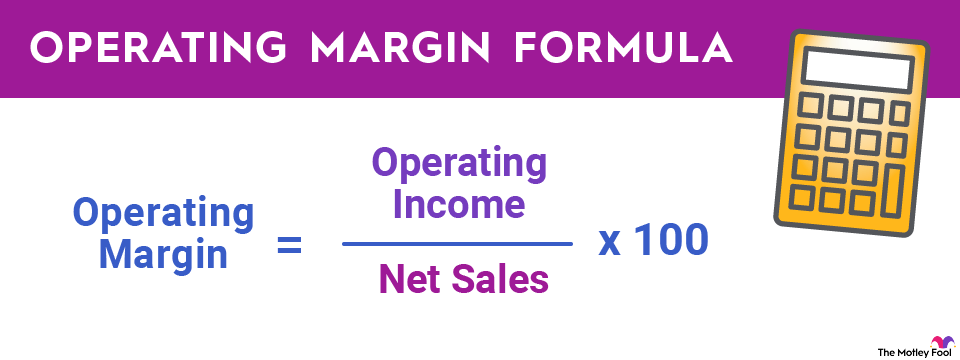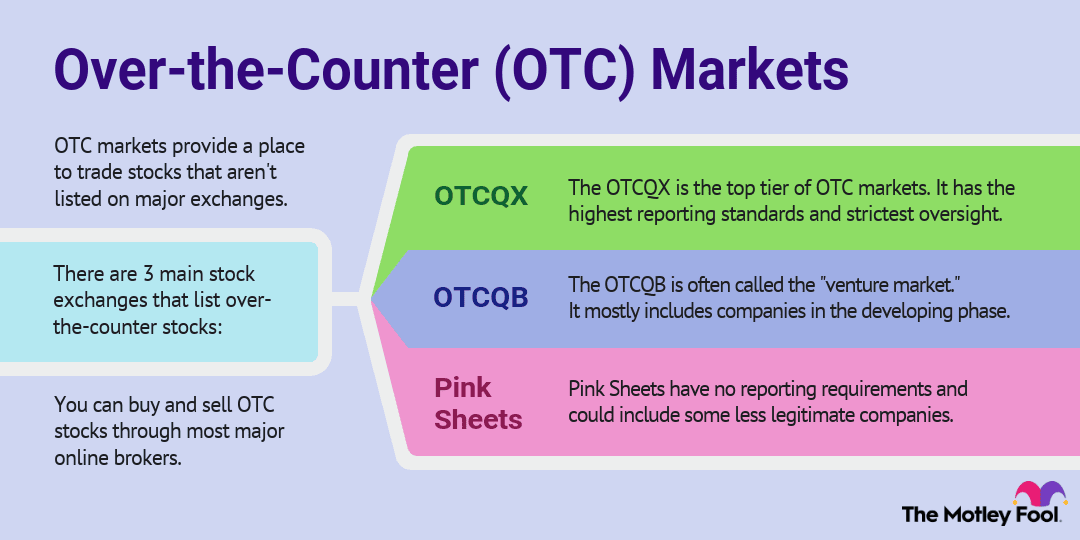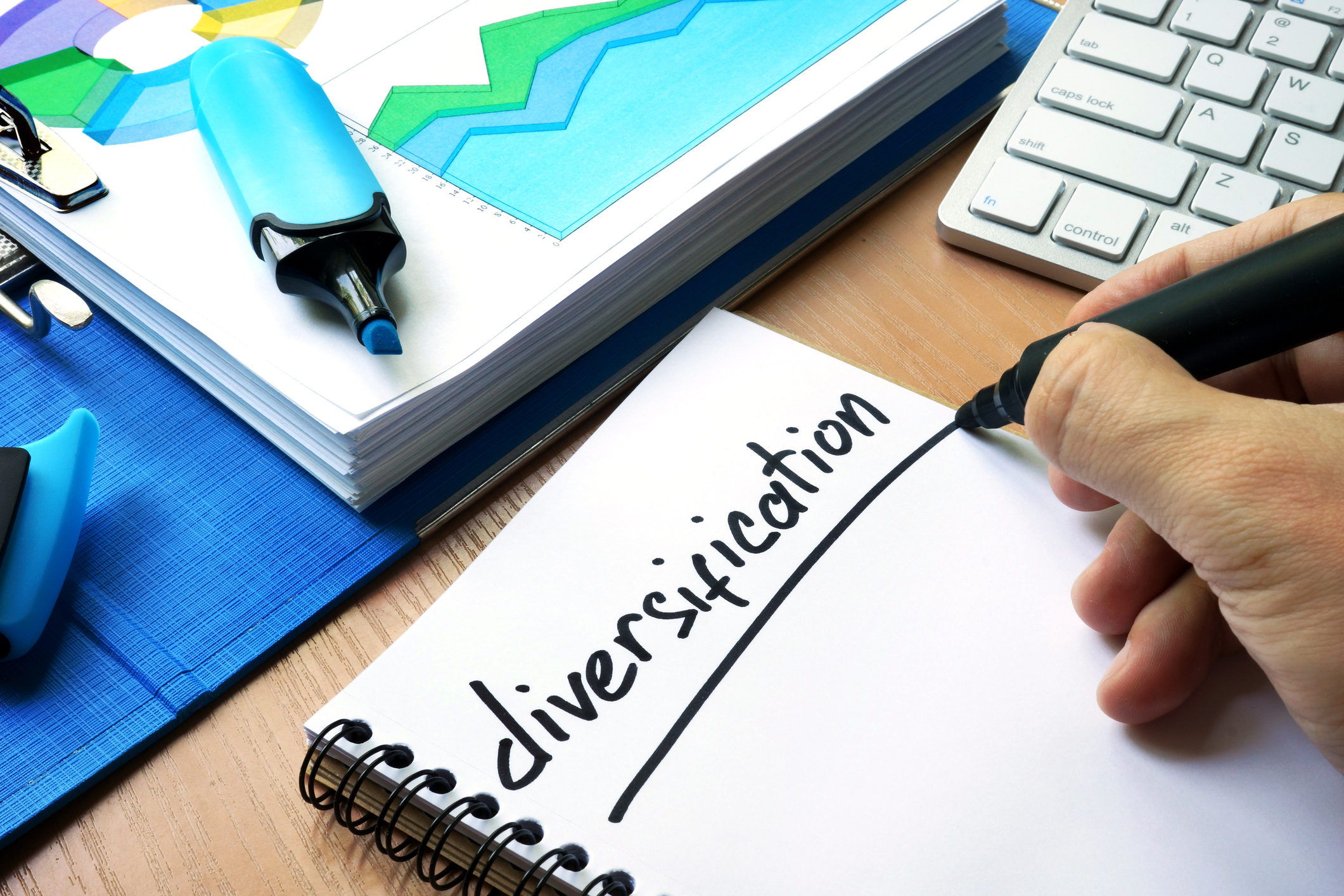What is operating margin?
To understand operating margin, sometimes called operating profit margin, first let's define operating profit. Operating profit equals revenue minus the cost of goods sold and operating expenses, which typically include selling, general, and administrative costs; sales and marketing; research and development; and depreciation and amortization. EBIT, or earnings before interest and taxes, is sometimes used as stand-in terminology for operating income.
Operating margin differs from net profit margin, which is the bottom line figure, because net profit subtracts for expenses like interest and taxes in addition to non-core business activities like gains or losses on investments and revaluations of debt. Because operating margin is much more consistent across reporting periods than net profit margin, it's a better reflection of the strength of the underlying business.



















